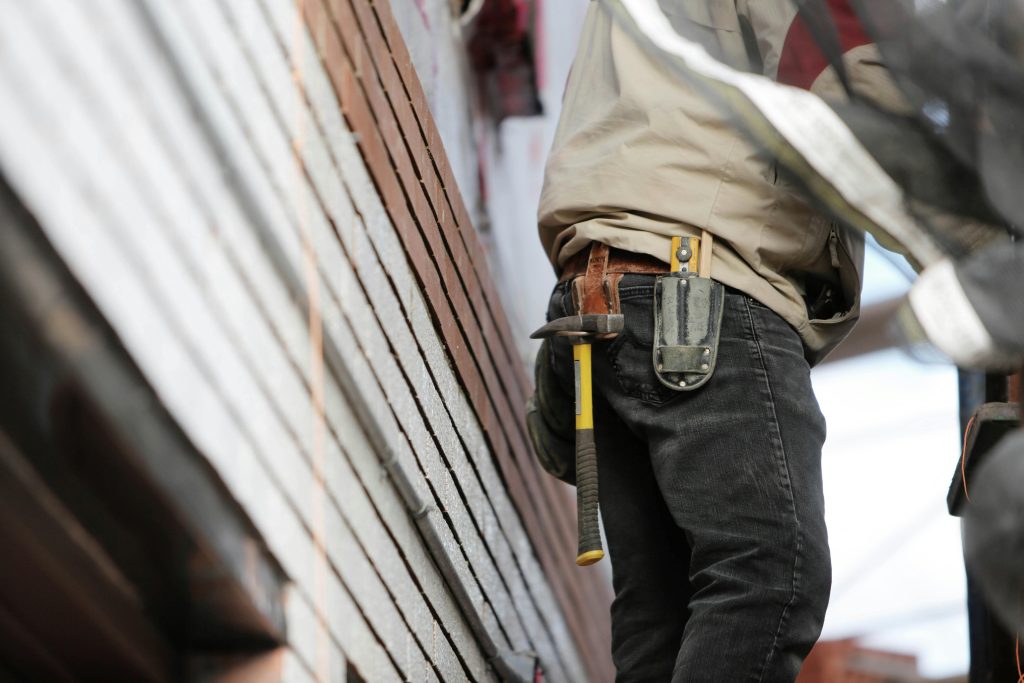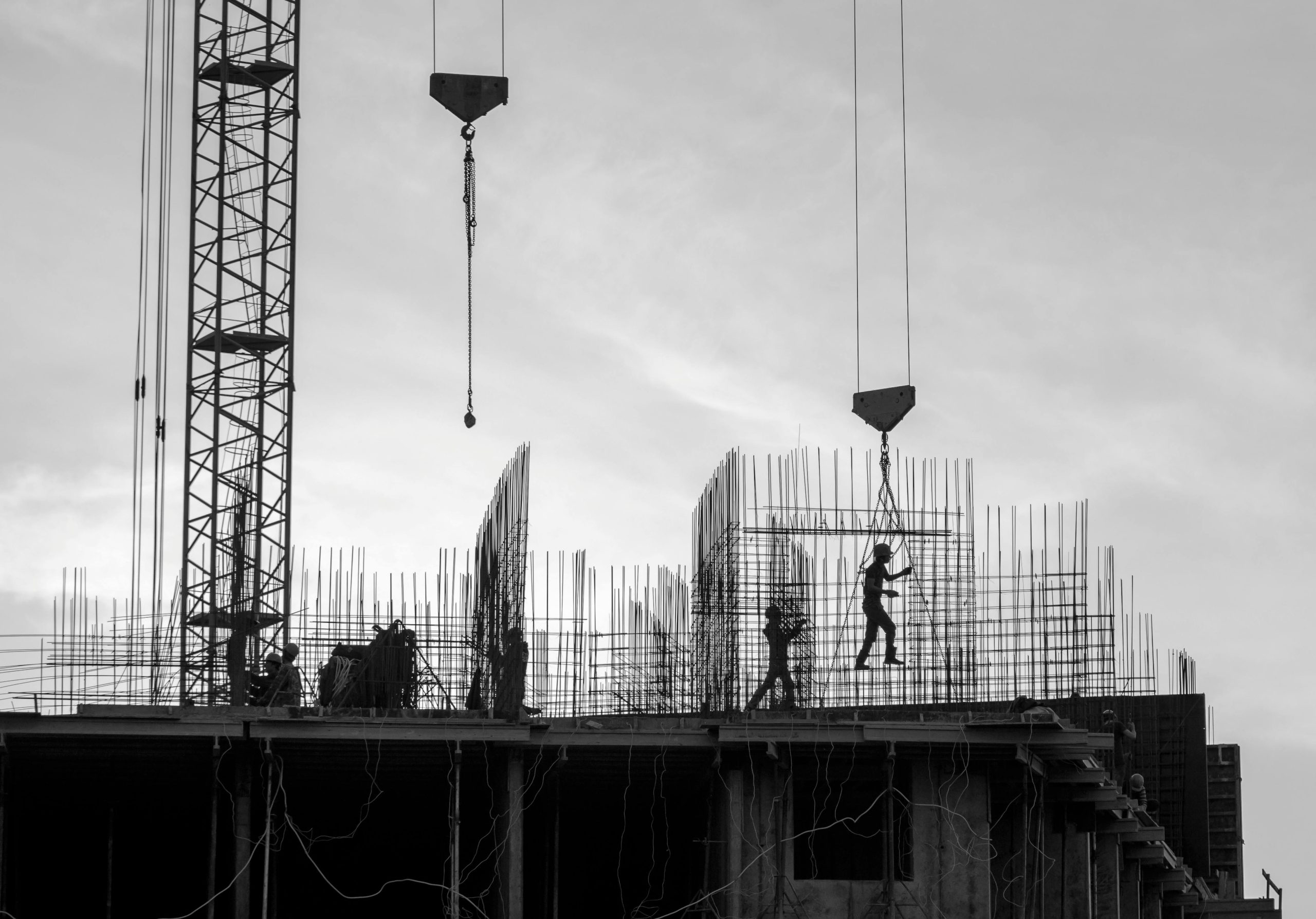Austin construction is entering a transformative phase in 2025, driven by a combination of technological innovation, sustainable building practices, and strategic urban development. As one of the fastest-growing cities in the United States, Austin continues to attract businesses, residents, and investors, making the construction industry a central player in shaping its future. Understanding the latest trends in Austin construction is essential for developers, contractors, investors, and stakeholders who want to stay ahead of the curve. In this article, ABC Central Texas explores five powerful Austin construction trends that are driving growth in 2025.
1. Sustainable and Green Building Practices
Sustainability is no longer optional in Austin construction; it has become a standard expectation. Builders are increasingly prioritizing eco-friendly materials, energy-efficient systems, and designs that reduce environmental impact. LEED-certified projects and energy-efficient designs are gaining popularity among residential, commercial, and industrial developments. The push toward green building is not only beneficial for the environment but also reduces operational costs for property owners. In 2025, sustainable construction is expected to drive higher property values and attract tenants and investors who value environmentally responsible development.
2. Smart Technology Integration
Technology continues to revolutionize Austin construction by improving efficiency, safety, and project management. Smart building technologies, including automated systems for lighting, HVAC, and security, are becoming standard features in new developments. Additionally, the use of Building Information Modeling (BIM) and AI-driven project management tools allows contractors to optimize timelines, reduce costs, and minimize errors. As Austin grows, integrating smart technology in construction projects is not only a competitive advantage but also a requirement to meet the expectations of tech-savvy residents and businesses.
3. Increased Residential Development
Austin’s population growth has created a surge in demand for residential construction. From single-family homes to high-rise apartments, developers are focusing on maximizing available space while maintaining quality and affordability. Mixed-use developments that combine residential, retail, and office spaces are gaining popularity as they cater to the city’s evolving lifestyle demands. In 2025, residential construction will continue to be a key driver of growth in Austin, fueled by both domestic migration and international investment.
4. Infrastructure Expansion and Urban Development
Infrastructure projects are playing a significant role in Austin construction growth. Road expansions, public transit improvements, and utility upgrades are essential to accommodate the city’s rapid population growth. Urban development initiatives, such as revitalizing downtown areas and creating new business districts, are also shaping the construction landscape. These projects create opportunities for contractors, engineers, and investors while improving the overall quality of life for residents. In 2025, infrastructure-driven construction will remain a critical factor in Austin’s economic expansion.
5. Prefabrication and Modular Construction
Prefabrication and modular construction are gaining traction in Austin due to their efficiency, cost-effectiveness, and reduced construction timelines. By assembling building components off-site and then transporting them to the construction site, developers can minimize waste and accelerate project delivery. This trend is particularly impactful in residential and commercial projects, where speed and precision are crucial. In 2025, the adoption of prefabricated construction techniques is expected to increase, making Austin construction projects more competitive and sustainable.

The Role of Innovation in Austin Construction
Innovation is at the core of these five trends, driving growth and shaping the future of Austin construction. By embracing sustainability, technology, urban planning, and modern construction methods, developers and contractors can meet the demands of a rapidly growing city. Forward-thinking strategies allow stakeholders to deliver high-quality projects, attract investment, and contribute to a resilient and thriving urban environment.
Benefits for Stakeholders
These trends offer multiple benefits for various stakeholders in the Austin construction industry. Developers and contractors can streamline operations and reduce costs, while investors can expect higher returns from properties that meet modern standards. Residents benefit from improved living conditions, energy efficiency, and enhanced city infrastructure. Overall, the integration of these trends creates a win-win scenario that promotes long-term growth and sustainability in Austin construction.
Conclusion
Austin construction in 2025 is defined by innovation, sustainability, and strategic growth. By focusing on green building practices, smart technology integration, residential expansion, infrastructure development, and prefabrication techniques, stakeholders can capitalize on the city’s dynamic growth. ABC Central Texas encourages developers, investors, and contractors to embrace these trends to maximize opportunities and drive success in Austin’s booming construction market. Staying ahead of these trends is not just a strategy—it’s a necessity for thriving in one of America’s most vibrant cities. Click here to return to the homepage and unlock more content.
FAQ
1. What are the most significant trends in Austin construction for 2025?
The major trends include sustainable building practices, smart technology integration, increased residential development, infrastructure expansion, and prefabricated construction techniques.
2. How is sustainable construction influencing Austin’s building industry?
Sustainable construction reduces environmental impact, lowers operational costs, and increases property value, making it a priority for developers and investors in Austin.
3. Why is prefabrication becoming popular in Austin construction?
Prefabrication reduces construction timelines, minimizes waste, and increases efficiency, making it a cost-effective solution for both residential and commercial projects.
